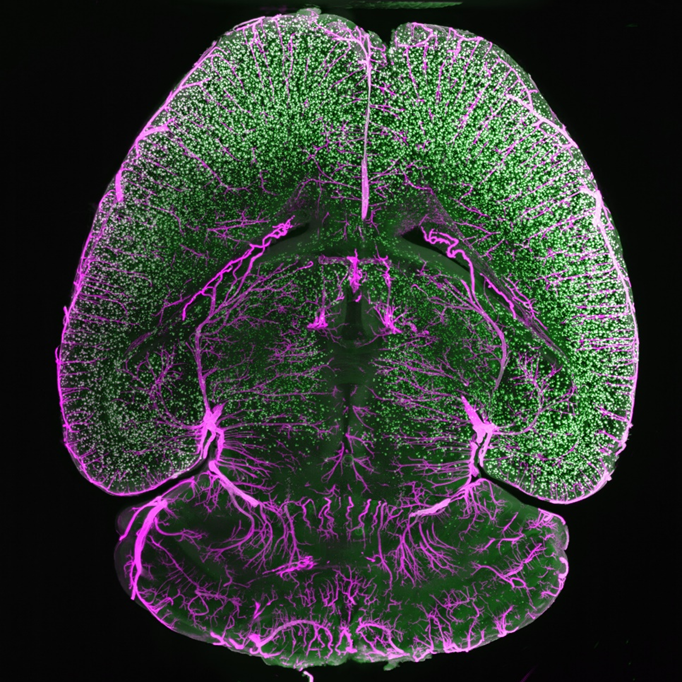High Content Imaging
High content imaging is primarily concerned with the automated analysis of large cell populations where the goal is to process as many cells as possible in the fastest time with the highest resolution.
To facilitate this, we offer scientific cameras that feature key specifications such as large fields of view, high pixel counts and fast speeds.

Kinetix
High sensitivity, 95% quantum efficient sCMOS camera with an incredibly high 400 fps full-frame speed and a massive 29.4 mm diagonal field of view.
The speed of the Kinetix significantly outperforms typical sCMOS devices. With a full-frame framerate of 400 fps and a 10 megapixel sensor, the Kinetix delivers over 4000 megapixels/second.
The huge 29.4 mm square sensor of the Kinetix is designed to increase throughput, maximize the amount of data captured in a single frame and significantly speed up data acquisition. Perfect for high content imaging applications.

Iris 15
High resolution, large field of view, monochrome sCMOS camera with 15 million pixels.
The Iris 15 is the ideal solution for high content imaging when resolution is of the greatest importance. The tiny, 4.25 µm pixels allow for the highest resolution while still delivering a large, 25 mm diagonal field of view to maximize throughput.

Prime BSI Express
High sensitivity, 95% quantum efficient, monochrome sCMOS camera with 4.2 million pixels and 1.0e– read noise.
The highly sensitive, back-illuminated Prime BSI is particularly suitable for the lowest light high content imaging applications where detection is of vital importance.
Customer Stories
Novel Hyperspectral Imaging

“The large pixel size, larger sensor format, and high-speed readout of the Prime 95B allows for high-speed spectral imaging when performing sequential wavelength band scanning.”
mesoSPIM Light Sheet

“We tested the Iris 15 and found its large detector size and rectangular sensor ideal for our applications.”
Microfluidic Chip Imaging of Live Yeast

“The bigger our field of view and the lower the exposure times are, the more cells we can image overall as less images are needed and the acquisition is faster [using the Prime 95B].”



